Durante décadas, el estado financiero de una empresa fue la...


Make a Sustainable Impact
Get Started with SAMESG®
Sustainability is more than just a catchphrase in today’s corporate environment. It is rather regarded as a boardroom priority that may have an effect on an organisation’s legitimacy and reputation. With growing investor interest, regulatory pressures and consumer expectations, companies are being called to not just do good, but to prove it. This is where Environmental, Social and Governance reporting (ESG) becomes paramount.
The Business Responsibility and Sustainability Report (BRSR) framework has been released by the Securities and Exchange Board of India (SEBI) to make sustainability disclosures in India more consistent, clear, and accountable. BRSR has rapidly emerged as the industry standard for corporate sustainability reporting in India and has been made mandatory for the top 1,000 listed firms by market capitalisation starting from the financial year 2022-2023. Now, in 2025, BRSR is an integral part of annual reporting for India’s leading companies.
But what is BRSR exactly? What distinguishes it from the previous BRR framework? How can businesses simplify their reporting operations without getting entangled in the intricate data collecting and compliance protocols?
This is a complete guide to BRSR reporting in India diving into the answers to all these questions, concerns and more. This article aims to provide
A clear explanation of what BRSR is
A step-by-step guide to preparing a BRSR report
Actionable tips to simplify compliance
Best practices to future-proof your ESG strategy
Let’s cut through the clutter!
Let’s begin with the fundamentals!
BRSR (Business Responsibility and Sustainability Reporting) is a mandatory ESG disclosure framework introduced by SEBI for the top 1000 listed companies in India. It standardizes the reporting of a company’s environmental, social, and governance (ESG) performance, helping investors and stakeholders assess non-financial risks and sustainability practices.
The Securities and Exchange Board of India (SEBI) established the Business Responsibility and Sustainability Reporting (BRSR) framework, which mandates that businesses disclose the extent to which they conduct their operations responsibly.
In simpler terms, BRSR goes beyond just the financial gain. It brings both humans and the environment into the picture.
As a result, companies are now compelled to disclose not only their financial results but also their environmental practices, how fairly they deal with employees and suppliers, how inclusive their policies are, and much more.
This indeed brought in a transformative shift, anyhow, a necessary one.
As of 2025, BRSR filing is mandatory for the top 1,000 listed companies in India, based on market capitalisation, as per SEBI’s Listing Obligations and Disclosure Requirements. These companies must include their BRSR along with the annual financial disclosure submissions.
While unlisted companies, SMEs, and smaller entities aren’t required to comply yet, voluntary adoption is encouraged as it helps build investor trust, improves sustainability, and prepares them for future regulations.
The BRSR framework is divided into three main sections, each designed to give stakeholders a transparent view of a company’s sustainability measures. Let’s dig deeper into each section:
This section includes basic information and an introduction to the company, including the corporate identity, operations, product or service details, employee details and business presence. It also mandates disclosures on ownership, governance structure, and CSR activities.
In this section, companies are required to outline their approach to sustainability, from the formulation of policies to execution. This contains details regarding the existing ESG frameworks, risk management, board supervision, stakeholder engagement procedures, and grievance redressal systems.
This section is the critical part of the BRSR framework. It requires businesses to report on their sustainability initiatives concerning the nine major principles taken from the National Voluntary Guidelines (NVGs). These guidelines serve as benchmarks for ethical business practices in the areas of governance, social responsibility, and the environment.
The 9 Principles are:
Under this section, companies provide a detailed view of their initiatives, KPIs and outcomes for each principle, enabling the stakeholders a concise and clearer picture of how ESG commitments are being translated into measurable actions.
Compliance with these nine principles is of utmost importance for building and maintaining stakeholder trust, reputation and credibility of your company.
Preparing Business Responsibility and Sustainability Report may seem overwhelming at first, but breaking it down into actionable steps makes the process more manageable. Here’s a detailed step-by-step practical roadmap to get your BRSR report ready without the chaos:
BRSR does not just involve the ESG team, it requires collaboration across departments. The first step is to start getting buy-in from leadership and cross-functional teams, including finance, HR, operations, legal, and compliance.
Evaluate and prioritise the ESG topics that are most relevant to your business and stakeholders. This helps ensure your disclosures are focused, impactful, and aligned with global ESG expectations.
Collect data across the three pillars, including Environmental, Social, and Governance. This includes policies, quantitative metrics (e.g. emissions, workforce diversity), and qualitative disclosures. Map this data to the appropriate BRSR sections and principles.
Ensure all required policy-level documents are up to date and accessible. These may include code of conduct, sustainability policies, human rights declarations, and environmental practices. This forms the backbone of management and principle-wise disclosures.
Review and validate collected data for accuracy and completeness. This step is crucial to avoid inconsistencies that could affect investor trust and regulatory compliance. Additionally, using purpose-built ESG reporting software like SAMESG® can streamline this process and reduce manual errors. Here’s a helpful overview on how such tools can simplify BRSR reporting and improve data quality.
Compile your disclosures as per SEBI’s prescribed format (XBRL), ensure consistency, and file them along with the company’s Annual Report within the reporting deadline.
While BRSR helps you navigate your company in the right direction in terms of sustainability, it also comes with various challenges. Let’s understand the most common challenges that companies face in this process.
The data is often scattered across different departments, including HR, operation, legal, procurement and more, making it a tedious task to gather and consolidate data for reporting. Coordinating across departments for data inputs, validation, and approvals can lead to delays, miscommunication, or inconsistencies.
Many organisations, especially those new to sustainability reporting, often struggle with understanding the nuances of ESG metrics and the evolving regulatory expectations due to the lack of in-house expertise.
Despite SEBI guidelines, companies often struggle with interpreting what level of detail is expected in qualitative and quantitative disclosures.
These challenges can hamper you from creating an efficient and accurate BRSR, turning the whole reporting process into a complex and overwhelming task.
BRSR compliance doesn’t have to be overwhelming. With the right measures, the process can be simplified and streamlined and here’s how:
The simplest yet powerful way of simplifying the process is to start early and consider it as an ongoing process. Establish a designated position /function for ESG, responsible for coordinating with different departments for data, reviewing policies and ensuring timely reporting. The best-performing companies integrate ESG into everyday decision-making, making BRSR a reflection of their continuous efforts, not just a compliance checklist. This helps avoid the last-minute hustle.
Manual reporting increases room for error, delays, and inconsistencies. ESG software solutions like SAMESG® can automate data collection, enable real-time tracking, ensure report readiness in SEBI’s prescribed format (XBRL), and cut down turnaround time drastically.
If your internal team lacks ESG-specific expertise, consider working with ESG consultants. They bring with them the knowledge of evolving regulations, insight, materiality analysis support, and audit readiness, which can help you eradicate interpretation errors and build a compliant and accurate narrative.
Even if you’re reporting based on India’s BRSR regulations, aligning your ESG strategy with globally recognised frameworks like GRI (Global Reporting Initiative) or SASB (Sustainability Accounting Standards Board) gives your company a better image in the eyes of Global investors.
Train your teams on ESG fundamentals and regulatory updates. You can regularly host knowledge sessions or bring in external experts to help the team familiarise and deepen their knowledge regarding the reporting process and regulations. The more aware your team is, the less friction you’ll face during the reporting process.
Your BRSR isn’t a standalone report. There should be consistency across the other statutory reports like Annual Reports, CSR disclosures, and financial statements. This builds trust with regulators and stakeholders and reflects a mature and streamlined governance system.
Investors today are not just concentrating on mere profit margins, but on a bigger picture that involves environmental risks, ethical operations, and long-term value creation. Frame your ESG narrative with clear KPIs, transparent data, and measurable impact, which will speak volumes to investors who are seeking accountability, sustainability, and resilience in the businesses they back.
In 2025, BRSR is not just for compliance, it is rather shaping the future of your company by building trust, inviting long-term investment, and demonstrating your company’s readiness for the future. Leveraging tools like SAMESG® makes the process simple and efficient, equipping you to be future-ready and sustainable. So, start reporting like the future depends on it, because it does!
Want to know how SAMESG® works?
SAMESG® streamlines ESG reporting—automating data collection, ensuring compliance, and delivering audit-ready reports in one powerful platform.
About the author

Director – Projects & Value Chain at SAM Corporate LLC
Follow the expert:
Rajagopal Kannan is the Director of Projects & Value Chain at SAM Corporate LLC, leading ESG, risk management, and sustainability initiatives. With over 20 years of experience, including a decade in banking and financial risk, he specializes in credit structuring, Basel II & III, ISO 31000, COSO ERM, internal audit, and regulatory compliance under CBUAE, DFSA, ADGM, and SCA.
His current focus lies in ESG integration, climate and sustainability risk management, and value chain sustainability. A GRI-certified Sustainability Professional and GARP-certified SCR holder, he also holds multiple global credentials including PRM®, GRCP, GRCA, CRCMP, CBiiiPro, CSM, and CISI Level 3.
Share
Related Posts
Explore more resources



is at
Meet us at SFF 2025
Booth: 4G40, Hall 4